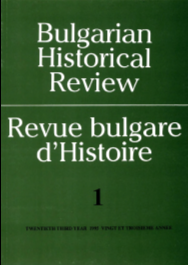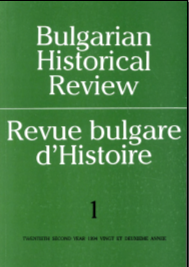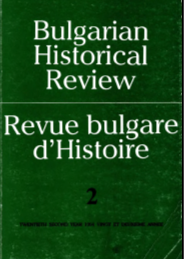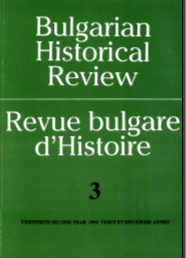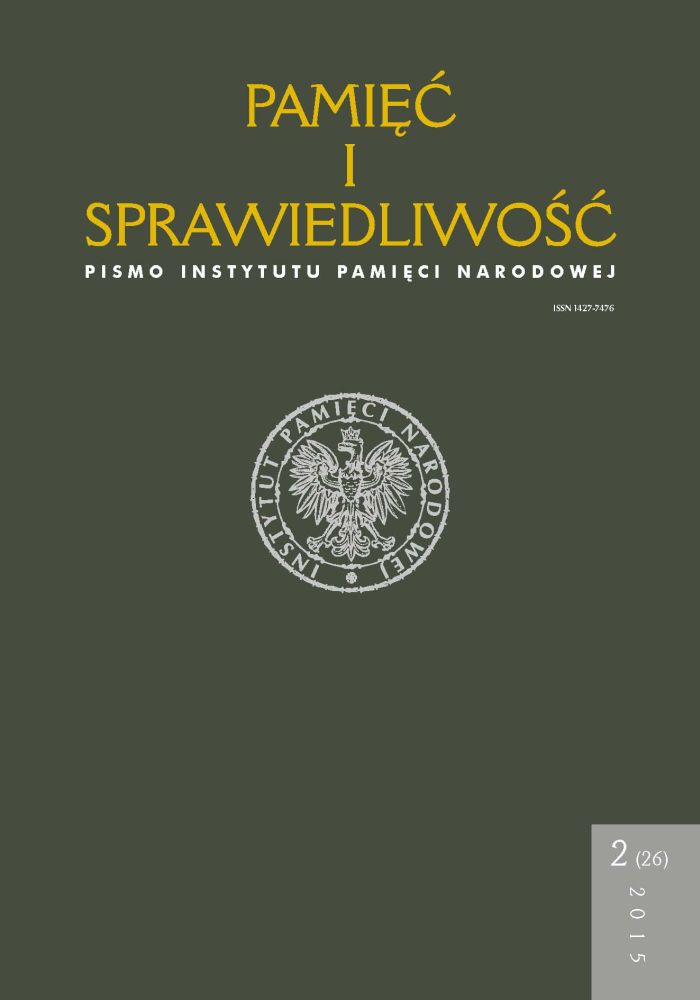
We kindly inform you that, as long as the subject affiliation of our 300.000+ articles is in progress, you might get unsufficient or no results on your third level or second level search. In this case, please broaden your search criteria.

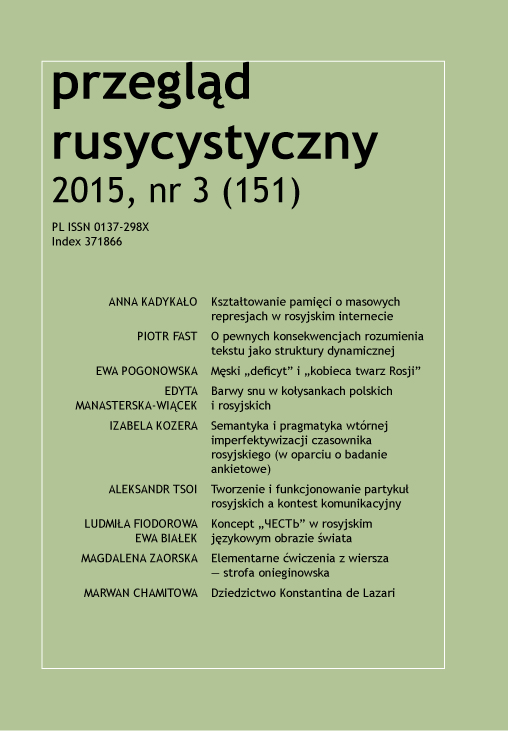
Among the many types of Internet activity young Russians discuss the issues of the mass repressions of the Stalin era. The attitude of Internet users to these tragic events is expressed not only in many online discussions, popular social networking sites, but also through the creation of (very popular now) demotivators. These carriers of memory can be considered as the artifacts of “post-memory”, which is characterized mainly for young generation of Russians who do not have experienced the traumatic memories connected with mass repressions. Constructing the memory of the mass repression is a part of a broader process of constructing the cultural memory of Russians based on the interpretation of the Soviet past. By referring to the manifestations of “post-memory”, young Russians can better understand the difficult history of their country and find landmarks in the surrounding reality.
More...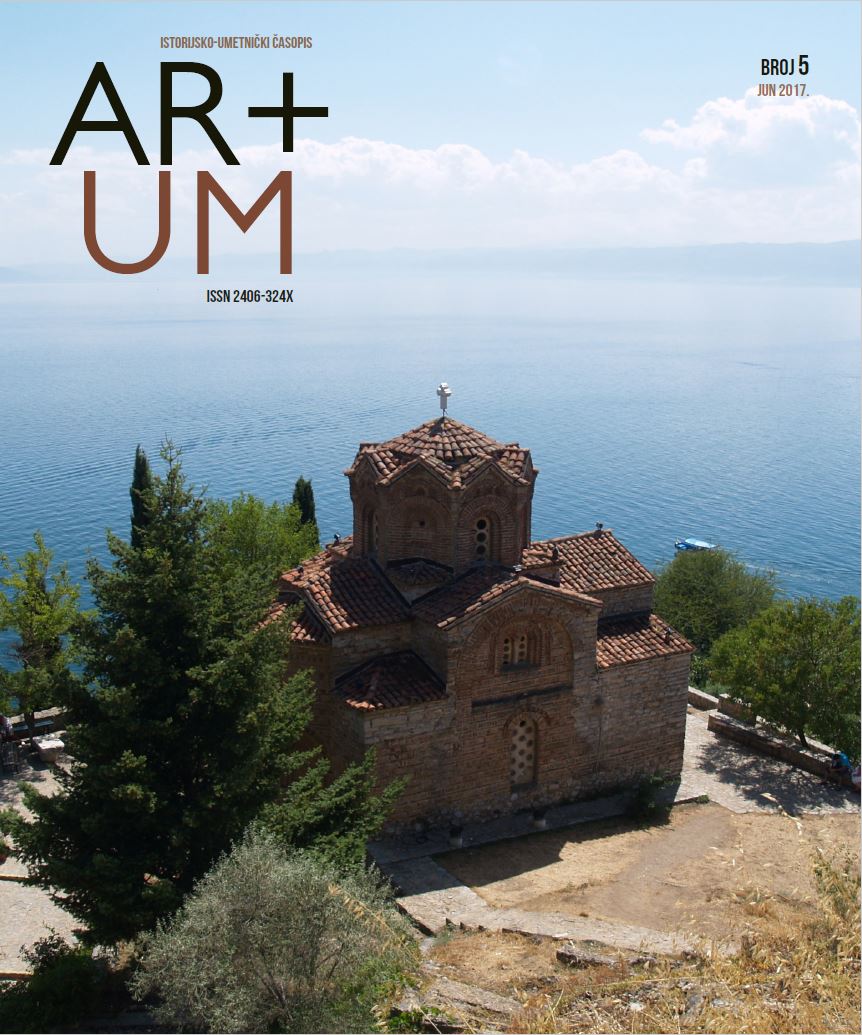
Although the Sokol movement was created in mid-19th century in Prague as a form of national awakening through sport, it was quickly adopted by the other Slavic peoples in Austro-Hungarian Empire. However, the Sokol movement reached its golden age during the interwar period, in Czechoslovakia and Poland as well as in the Kingdom of Serbs, Croats and Slovenes, later Yugoslavia. The reason for this sudden popularity and expansion of the Sokol movement resided in the fact that Sokol liberalist, but also pro-Yugoslav philosophy suited the ideology of Yugoslavism, promoted by king Aleksandar Ist Karadjordjevic. Therefore the period of king’s dictatorship was marked by the intensive construction of Sokol Halls in the entire country.During the period of Yugoslav society’s modernisation, Sokol Halls mostly represented the key and often only locations where cultural life was developed, especially in smaller towns. Sokol Hall was the centre where the Sokol Society, apart from sport activities in the gymnasium, practised its cultural and educational mission through numerous programs. Theatre plays, shows and dance evenings to film screenings were held in the same hall where gymnastics was practised. Apart from the cultural and educational contents, Sokol Halls were often the carriers of urban modernization. Numerous examples demonstrate that these objects had the best equipment in town, with new technology, materials and were often the first buildings with water supply, sewerage system and parquetry.Based on the presented facts, a specific review of the importance that these objects had in the interwar modernization of Yugoslav society will be made in this paper through the analysis of Sokol architecture and its educational role.
More...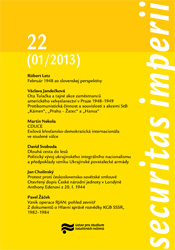
The article focuses on the Christian Democratic Union of Central Europe (CDUCE), one of the supranational organizations of the anti-communist exiles during the Cold War period. The CDUCE, founded in July 1950 in New York, brought together former Christian Democratic politicians from Czechoslovakia, Hungary, Poland, Latvia, Lithuania and Yugoslavia. This article begins with a history of the institutionalized cooperation of European Peoples’ and Christian Democratic parties from the 1920’s and recalls in a short overview organizations like International Christian Democratic Union or Nouvelles Équipes Internationales. In the following sections, the article focuses on the CDUCE, its beginnings, activities, personal composition, organizational structures, as well as on relations with other international Christian Democratic bodies and on internal problems, mostly caused by national interests of member delegations. Further attention is paid to the CDUCE’s congress held in March 1953, and on the ideologically-close Central European Federation of Christian Trade Unions and, additionally, on the efforts of the CDUCE to establish contacts in Latin America. The author states that CDUCE was one of the most important among the plethora of international organizations of East-European émigrés. In spite of the seeming decrease of influence from the end of the 1950’s, the Union maintained strong ties to Christian Democratic policy on the international level, and its leaders participated in a number of projects. After the fall of the Iron curtain, the CDUCE decided to terminate its activities and to join the European Union of Christian Democrats. The history of the exile „internationals“, including the CDUCE remains understudied. It is a tempting task for researchers to explore this half-forgotten chapter of the Cold War.
More...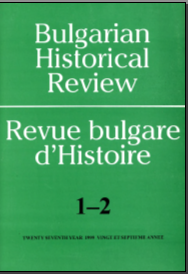
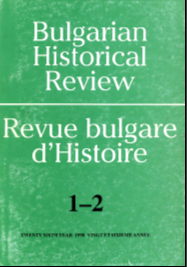
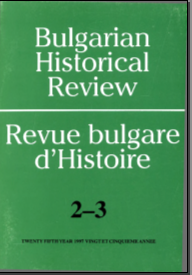
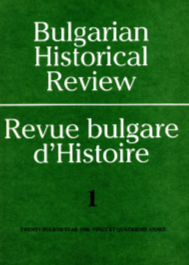

The article focuses on the background of Hieronim Feicht’s Requiem, which was written during World War II. The main aspect of it is to present main thoughts on mass settings composed by Feicht and to give basic information about their performances given by the choir of theological seminary students of the Congregation of the Mission in Kraków-Stradom. Many of extant documents provide us with precise knowledge about the repertoire and solemnities during which it was sung. Except for performances, the article presents the praxis of performing requiem masses in the first half of the 20th century. Taking this context into consideration, the author presents a brief analysis of the Feicht’s Requiem Mass setting.
More...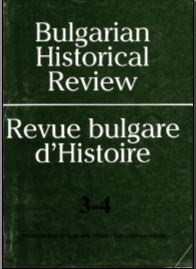

The paper aims to provide an analysis of the politics of two local interest groups of Prešov, the so-called city parties, as specific forms of middle class dissatisfaction in the interwar period. Based on contemporary election results and archival sources, the first part of the study examines the political behaviour of the inhabitants of Prešov between 1920 and 1935, which helps to determine to what extent the city parties were popular among the multilingual and multi-religious voters. The second part investigates the social composition and the political discourse of the city parties. These local political groups were supported by 10-12% of the voters. Most of their followers were organized among the liberal middle classes, who were not able to identity with the politics of the big parliamentary parties. Their members defined themselves mainly against the Communist and Catholic movement. However, they also criticized the measures of the Czechoslovak government. And at the level of discourse they expressed dissatisfaction with the domestic policy of Czechoslovakia in the form of a virtual community of city burghers, regardless of their ethnic backgrounds. It is argued that because of the high percentage of Hungarian and Jewish intellectuals and entrepreneurs among the leaders and supporters of the local parties, this type of local politics might have been an alternative to the Jewish and Hungarian national politics at a local level.
More...
The following study deals with the activities of Christian Social Workers' organizations and Christian trade union movements operating in Slovakia in the first half of the 20th century. The Social Democratic Party of Hungary had gained a dominant position in the trade union movement in Hungary. Discrepancies between the Slovak Social Democrats and Catholic priests were weakened by their common interest in improving the social status of the Slovaks. The Social Democrats also became the strongest political group in the First Czechoslovak Republic. After losing their dominant political position, they retained a leading position in the trade union movement. Various Christian trade union organizations operated in Slovakia. The Slovak Christian Social Trade Union Association of Workers' gradually gained the most important position among them. It was under the influence of the Slovak People's Party. The study offers a picture of the cooperation and conflicts of the Slovak Christian Social Trade Union Association of Workers' with others trade union organizations. The author also turns his attention to the social and political struggles of this trade union movement within the Slovak People's Party. After the breakup of the Czechoslovak Republic, the Christian trade unions were the only legally operating Slovak trade union organizations, but they still had to end their activity in the period of the Slovak Republic.
More...
The study focuses on the social situation at Slovak university in the 30's of the 20th century, and especially the question of how academics, namely active functionaries of student associations, tried to solve this complex and complicated issue themselves. Poor social status in academic circles, high tuition fees or accommodation costs, its planned increase, the lack of accommodation facilities and few possibilities for getting a job after graduation, were all factors that influenced the growth of discontent among the university student population and in some cases led to radicalism. The tensions between students and government institutions increased especially after the second half of the 30's. Solutions to the emergency situation were largely under the influence of political interests. Academic and national institutions were sceptical of the submitted solutions, which often resulted in negative discussions among academics themselves. Therefore the social status of university students logically reflected the political situation in Slovakia, which at that time was also radicalized.
More...
Educational activities were an important part of the cultural policy of the First Czechoslovak Republic. They were carried out within the scope of four laws aimed at organizing civic education courses, establishing public municipal libraries, setting up municipal chronicles and civilian military education. These activities existed under the authority of the Ministry of Education and National Edification in Prague, which delegated some of their competences to the Department of the Ministry of Education and National Edification in Bratislava. The Czechoslovak Republic invested a lot more funds into education and training than the Austro-Hungarian monarchy. The 20's of the 20th century saw the most generous funding; it was a time when public education experienced its best period. Edification was carried out by educators working in district associations and local edification committees. Most edification workers were found in the ranks of teachers of primary and secondary schools. The Great Depression hit public education by reducing state subsidies, which were the lowest in the period 1932 - 1934. At this time of deteriorating economic conditions, educational activities focused on the organization of courses for unemployed young people under 17 years of age, and educational courses for women. The main objective of all activities was the education of citizens towards democracy and civic responsibility in the spirit of the idea of Czechoslovak national unity. The economic crisis was understood primarily as a moral crisis and radical displays of young people were considered a symptom of moral decline. Educational activities took a new direction in the second half of the 30's of the 20th century. Military education became the main focus, as did issues of war and the defence of the Republic. After the breakup of Czechoslovakia, the educational and edification associations ceased to exist and their activities were carried out only by Matica slovenská.
More...
Negotiations focused on full diplomatic recognition of the USSR by Czechoslovakia, which was the main task of Alexandr J. Arosev (head of the soviet mission to Prague from 1929-1933), required intense and friendly contacts with local political, economic and cultural elites. On the other hand, these contradicted the expectations of the local Communist community, which was relying on the production of an image of the USSR as the "homeland of all proletarians" and as their protector from alien bourgeois regimes. Moreover, in 1932, Arosev, a divorced father of three teenage girls who lived with him, got married to a local woman, whose circumstances were incompatible with the propagated preferences of the regime that he was supposed to represent. The study concentrates on memories of the everyday tensions between his different professional tasks and his private life, and on a comparative analysis of their interpretations in his diaries and in the published memoirs of his heirs.
More...